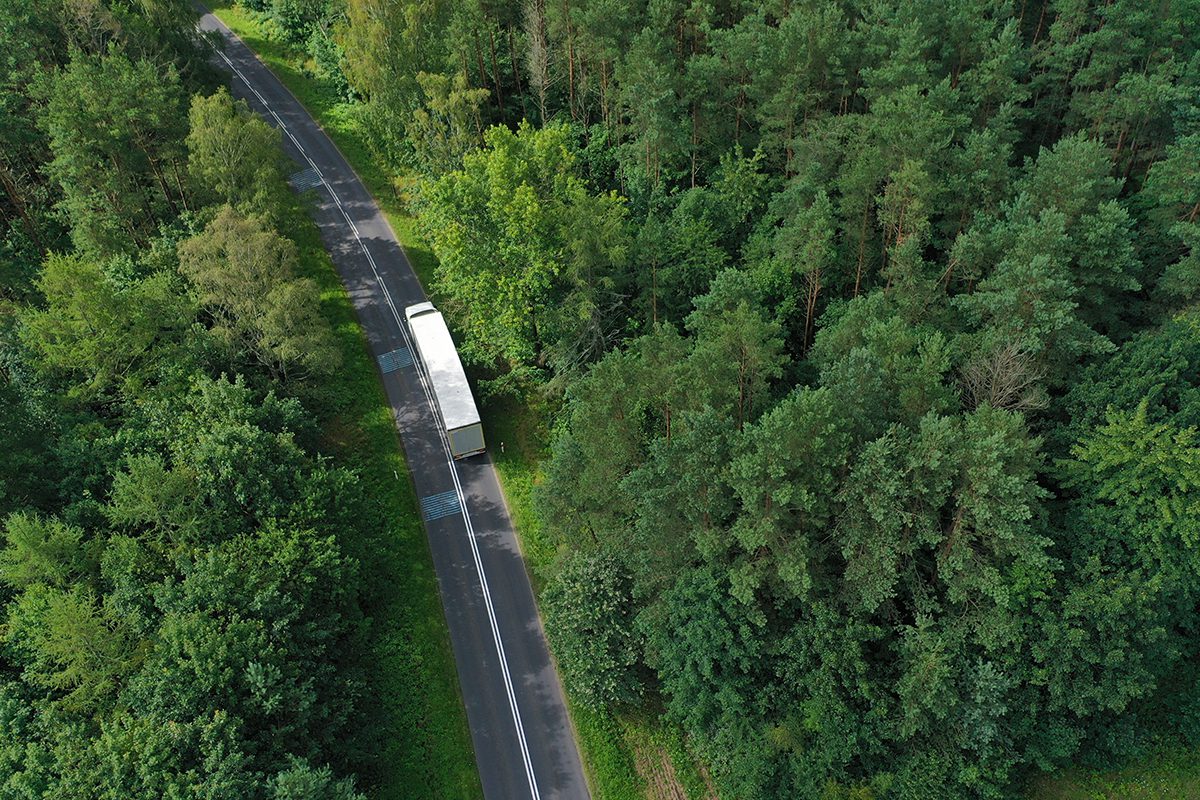TRC Companies (TRC), having acquired the entity formerly known as Gladstein, Neandross & Associates LLC (GNA), has reached another milestone. After surpassing $1 billion in funding secured on behalf of our clients in 2022, our team is thrilled that less than two years later we have surpassed the $1.5 billion mark.
The incentive landscape has changed dramatically — more programs at higher funding levels for larger, more expansive projects — yet the company’s approach to securing funding has remained tried and true. In reaching this milestone, the team has maintained a success rate above 85% across 700+ applications, exemplifying diligence in working with clients to craft outstanding projects and successful grant applications. Below are a few examples of how we reached this milestone in record time:
- $121 million for hydrogen fuel cell vehicle and refueling infrastructure projects funded by the U.S. Department of Energy, U.S. Department of Transportation, California Air Resources Board, California Energy Commission, and the South Coast Air Quality Management District
- $75.6 million for publicly accessible, battery-electric truck charging, funded by the Federal Highway Administration’s Charging and Fueling Infrastructure Grant Program
- Nearly $10 million to a major U.S. airline for the renovation of its ground support equipment fleet as part of its zero emission sustainability efforts
In total, the $1.5 billion in funding has supported the deployment of more than 9,300 vehicles and pieces of equipment, resulting in hundreds of thousands of tons NOx reductions and hundreds of millions of gallons of diesel fuel displaced annually. While awards in California and at the federal level comprise the lion’s share of the funding, projects have spanned more than 40 U.S. states and Canadian provinces. The total economic investment tied to these projects is nearly twice the amount of funding awarded.
More than 800 active funding programs in the clean transportation space have kept funding levels in the U.S. at an all-time high, with another $32 billion in incentives expected annually during the next few years, according to a new report. West and East Coast states, as well as Texas and Colorado, have sustained high levels of funding, and private utilities continue to represent the fastest-growing segment of new funding as they launch programs to incentivize electric vehicle (EV) charger installation for their business and residential customers.
Historic federal funding from the Bipartisan Infrastructure Law and Inflation Reduction Act has started to roll out, defining timelines, technologies, and geographies for clean fleet transportation investments. Most notably, the U.S. Department of Energy (DOE) recently selected seven regional hubs under its Hydrogen Hubs Program. The hubs, which span from coast to coast, will catalyze the development of a network of hydrogen producers, consumers, and infrastructure while reducing the cost of hydrogen production and building demand in sectors such as heavy-duty (HD) transportation.
Beyond the DOE, the U.S. Department of Transportation’s (DOT) Federal Highway Administration (FHWA) announced the first round of awardees for the Charging and Fueling Infrastructure (CFI) Program, with more than $260 million of the $622 million available going to battery-electric vehicle (BEV) and hydrogen fuel cell infrastructure along highways. CFI projects will be operational by 2030, and a second round of CFI funding is slated for Spring 2024. Meanwhile, CFI’s sister program, the National Electric Vehicle Infrastructure (NEVI) Program, has thus far prioritized light-duty, publicly accessible charging infrastructure. As a pillar of the Biden Administration’s goal to bridge the public charging gap, NEVI will allocate what remains of the $5 billion program nationally during the next four years to create charging corridors along major highways, and during that time, the focus may grow to include medium-duty- and HD-friendly projects in later funding rounds.
Not to be left out, the U.S. Environmental Protection Agency (EPA) will announce awards from three other massive funding opportunities this year: the Clean Ports Program ($3 billion), the Clean Heavy-Duty Vehicles Program ($1 billion), and the Climate Pollution Reduction Grant Program ($4.6 billion). While the first two programs target specific sectors for zero-emission technologies and supporting infrastructure, the Climate Pollution Reduction Grant Program will fund a range of solutions across sectors to maximize greenhouse gas emissions reductions.
GNA is now TRC. Joining forces with TRC has allowed the team to scale its incentive tracking and application preparation capabilities. Programs focused on distributed energy resources, battery recycling and second life applications, clean electricity, and hydrogen production have joined an already robust funding portfolio, and the team is prepared to evolve with the landscape as it changes. New tools from TRC combined with a growing team have made it possible to make progress towards the $2 billion mark in a fraction of the time that it took to reach $1 billion.
More insights are available in this year’s State of Sustainable Fleets Policy and Funding Trend Brief, available here. By gathering real-world data directly from early adopter fleets, the State of Sustainable Fleets provides sector-specific insights into the adoption of four leading clean medium- and heavy- duty vehicle technologies – drivetrains powered with propane, compressed natural gas, electric batteries, and hydrogen – and renewable fuels and electricity against a baseline of diesel technology. Now in its fifth year, the next annual Market Brief assessment of industry trends, data, and milestones will be launched live at the Advanced Clean Transportation (ACT) Expo on May 20 in Las Vegas, NV.



